Wildflower beds bring a sense of freedom, spontaneity, and natural beauty to any garden. Unlike formal garden beds, they mimic the untamed splendor of meadows, offering vibrant colors, varied textures, and seasonal interest. Wildflowers attract pollinators, support biodiversity, and create a relaxed, picturesque environment that evolves throughout the year. Here are five gorgeous wildflower bed ideas to create a naturalistic and visually captivating garden.
1. Meadow-Style Wildflower Bed
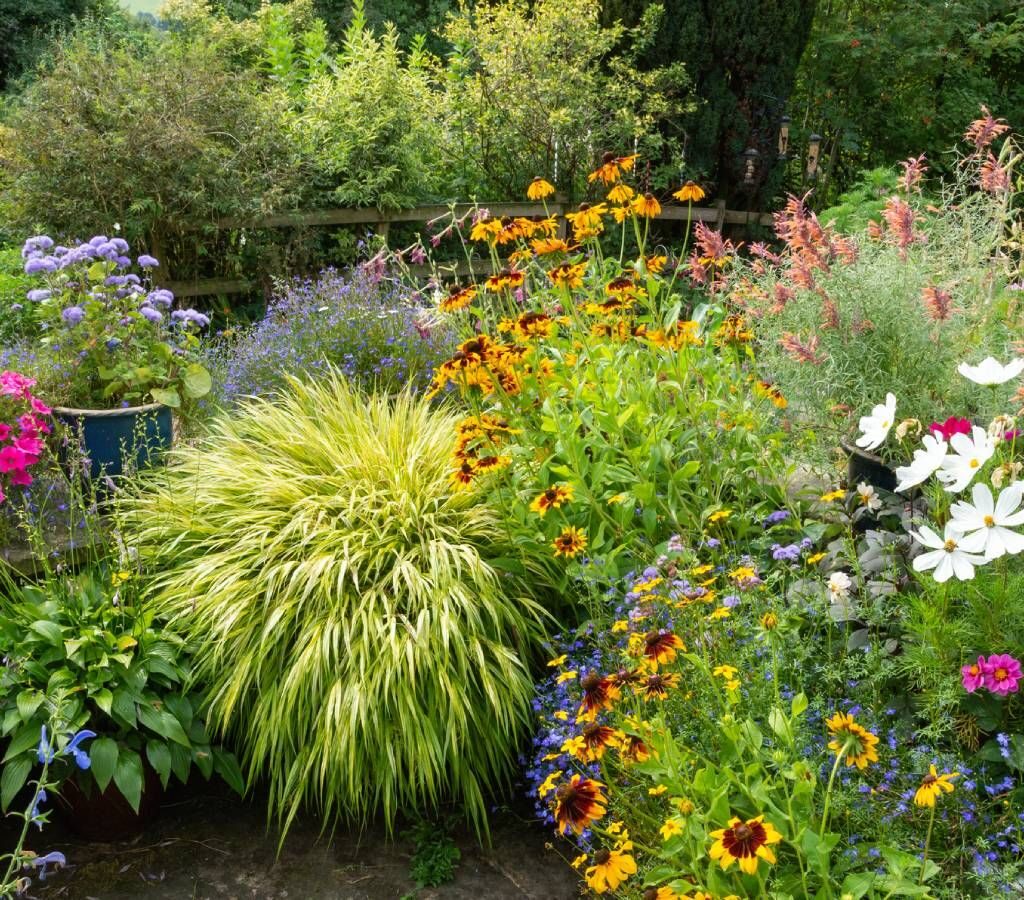
A meadow-style wildflower bed emulates the charm of natural fields. Mix native wildflowers such as cornflowers, poppies, black-eyed Susans, and lupines for a vibrant and diverse display. Plant them in clusters or drifts to mimic natural growth patterns, leaving open spaces for movement and visual flow. Adding ornamental grasses enhances texture and gives height variation. This style requires minimal maintenance once established and fosters a thriving ecosystem, attracting bees, butterflies, and birds while creating a serene, naturalistic garden feel.
2. Color-Themed Wildflower Beds
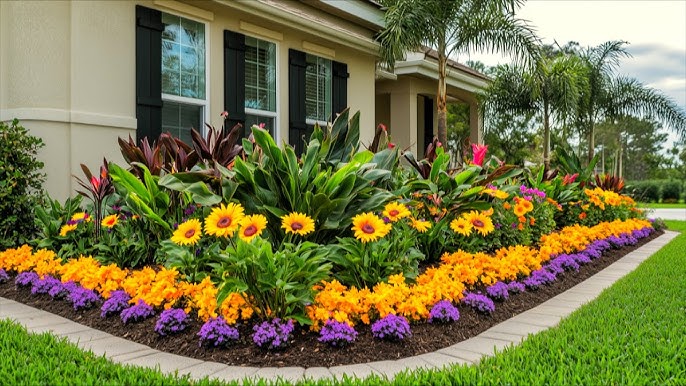
For a more curated approach, organize wildflowers around a specific color palette. For example, select shades of purple and blue with flowers like lavender, salvia, and cornflowers, or warm tones of yellow, orange, and red with sunflowers, marigolds, and calendula. Grouping flowers by color enhances visual impact while still maintaining a free-flowing, natural appearance. Color-themed beds can complement garden architecture, pathways, or patios, creating harmony between the natural wildness of the plants and the overall landscape design.
3. Pollinator-Friendly Wildflower Bed
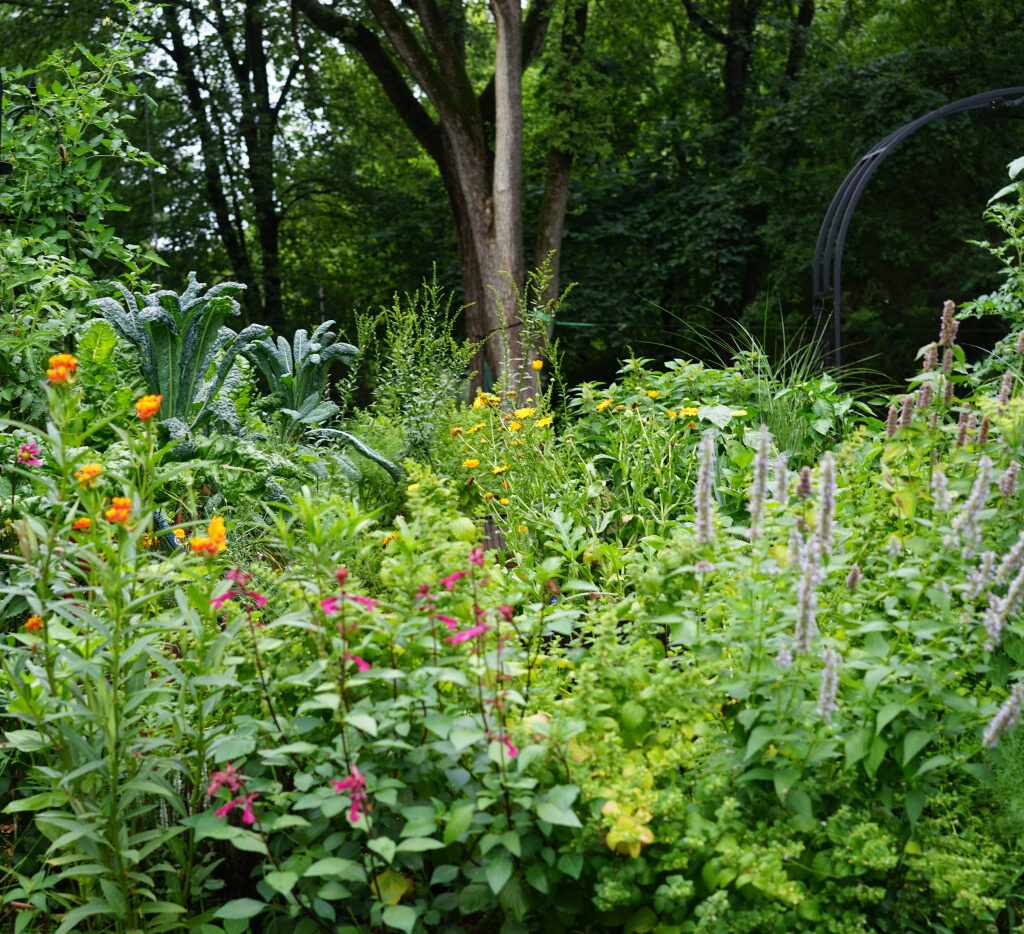
Designing wildflower beds to attract pollinators benefits both your garden and the environment. Include nectar-rich flowers such as coneflowers, milkweed, bee balm, and cosmos. Planting a variety of bloom times ensures a continuous food source for bees, butterflies, and hummingbirds throughout the seasons. This approach not only creates a lively and dynamic garden space but also encourages biodiversity. A pollinator-focused bed feels vibrant and alive, with constant movement and interaction between plants and visiting insects, embodying the spirit of a naturalistic garden.
4. Wildflower Edge Beds
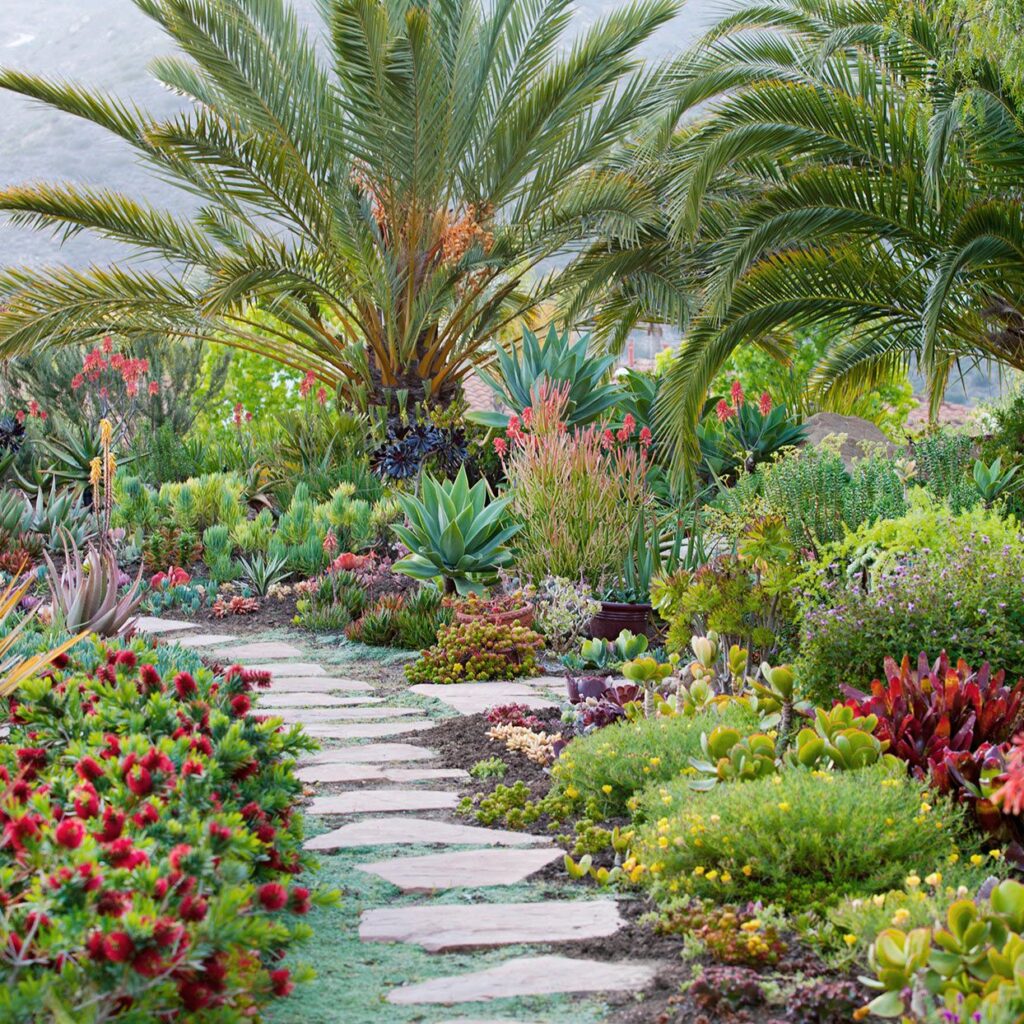
Wildflower beds along garden edges, fences, or pathways soften hard lines and create a seamless transition between cultivated spaces and open landscapes. Plant trailing or spreading species like creeping thyme, lobelia, or nasturtiums along borders, complemented by taller wildflowers like foxgloves or delphiniums. This layout creates a cascading, informal effect that feels spontaneous and inviting. Edge beds provide structure without rigidity, blending natural beauty with functional landscaping, and are perfect for creating a picturesque garden that appears effortlessly charming.
5. Mixed Texture Wildflower Beds

For a truly naturalistic effect, combine flowers with contrasting textures and forms. Pair delicate blooms like poppies and cosmos with feathery grasses or spiky plants like echinacea. Mix short groundcovers with tall statement flowers to add depth and dimension. This approach creates visual interest from every angle, emphasizing the wild, untamed beauty of nature. Texture-rich beds enhance the sensory experience of the garden, providing a dynamic, living tapestry that changes throughout the seasons, embodying the essence of a naturalistic landscape.
Wildflower beds bring color, texture, and movement to gardens while embracing the beauty of untamed nature. Whether designed as meadows, color-themed beds, pollinator havens, edge plantings, or mixed-texture compositions, wildflowers create spaces that are vibrant, ecological, and visually captivating. By planting thoughtfully and allowing natural growth patterns, you can achieve a naturalistic garden that evolves gracefully with the seasons, offering timeless beauty and ecological value.
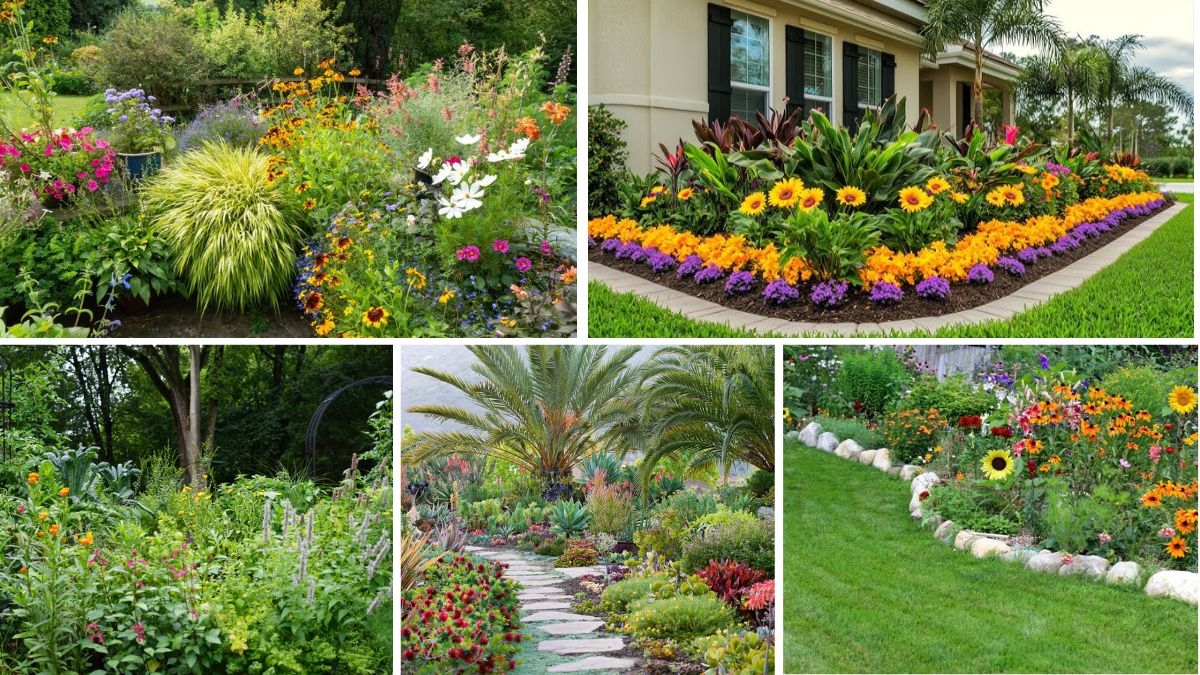
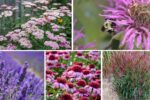
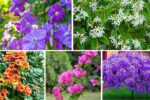
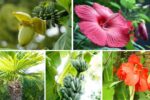
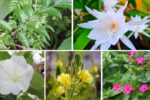
Leave A Comment